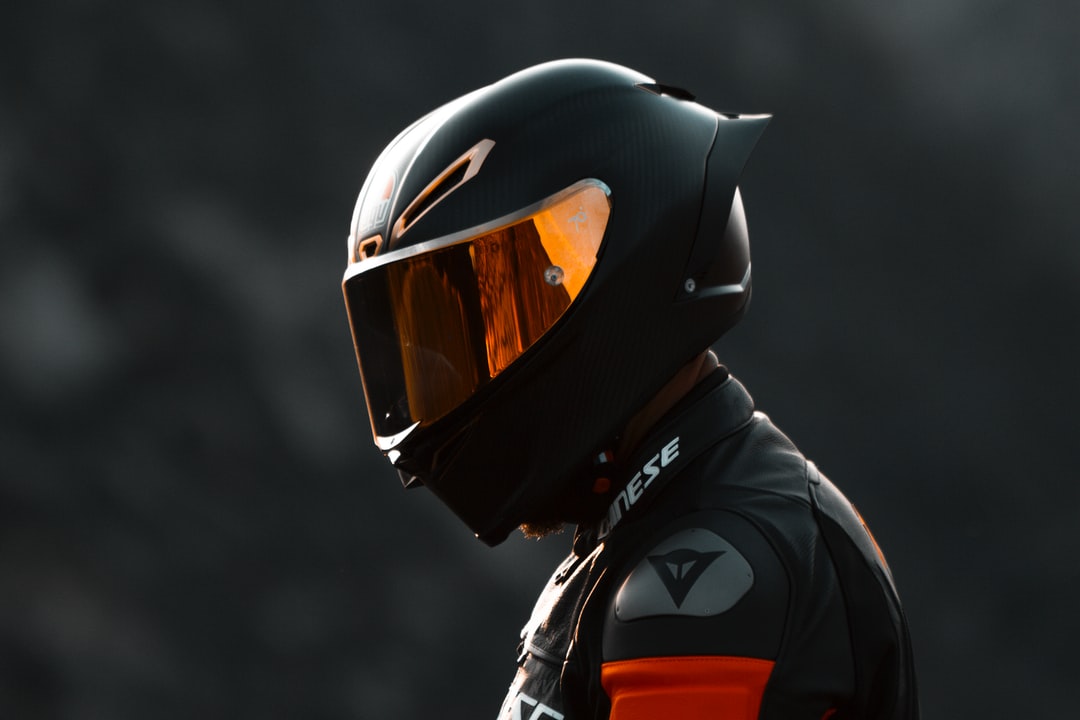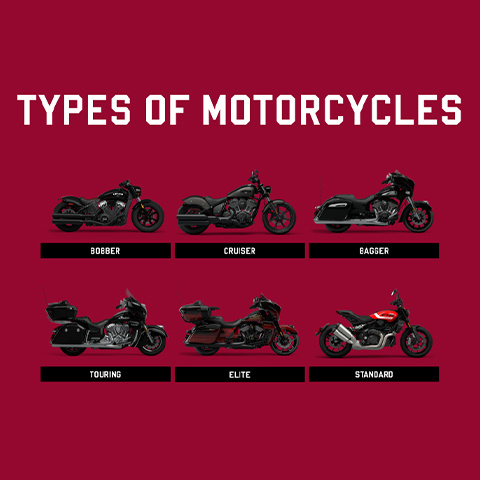Motorcycle Boots - Questions
Motorcycle Boots - Questions
Blog Article
The 45-Second Trick For Motorcycle Boots
Table of ContentsThings about Motorcycle BootsGetting The Motorcycle Boots To WorkMotorcycle Boots Things To Know Before You Get ThisMotorcycle Boots for BeginnersNot known Facts About Motorcycle BootsExamine This Report on Motorcycle Boots
The vital elements of modern-day motorbikes are offered below.; this has actually been used all with motorcycle history yet is now ending up being more typical.It was widely undesirable and usually pertained to as a bad idea at the time. Today it is a made use of on some "thumpers" (single-cylinder four-strokes) that typically have dry-sump lubrication calling for an external oil storage tank. It has actually considering that gained some cachet in the modern-day customized bike globe also as a result of the space cost savings it can pay for and the recommendation to an earlier era.
Any type of storage space container for gas may be so called, the term is normally used to component of an engine system in which the gas is kept and driven (gas pump) or released (pressurized gas) into an engine. A motorbike fork is the part of a motorbike that holds the front wheel and enables one to steer.
3 Easy Facts About Motorcycle Boots Explained
The 'fork' on a motorbike consists of several components. The three-way trees (also recognized as yokes) hold the fork tubes (which include the fork springtimes), and are secured to the neck of the frame by the guiding stem.

Bikes have mainly, but not specifically, been produced with one to 4 cylinders, and developers have tried virtually every conceivable design. One of the most typical engine arrangements today are the single and twin, the V-twin, the opposed double (or boxer), and the in-line three-way and in-line four. A number of others layouts have reached automation, including the V-4, the level 6-cylinder, the level 4-cylinder, the in-line 6-cylinder, and the Wankel engine.
Everything about Motorcycle Boots
Chain-drive usages gears and a roller chain, which calls for both lubrication and adjustment for elongation (stretch) that happens with wear. The lubricating substance is subject to being shaken off the fast-moving chain and leads to gunk and dust accumulation. Chains do wear away, and excessive wear on the front and rear sprockets can be harmful.
Traditional roller chain-drives experience the capacity for vibration, as the efficient span of action in a chain and sprocket mix regularly changes during the revolution ("chordal action"). If a drive gear revolves at consistent RPM, after that the chain (and the driven sprocket) must accelerate and decelerate frequently. The majority of chain-driven bikes are fitted with a rubber bushed back wheel hub to eliminate this resonance concern.
These chain oilers vary in refinement, but web all add considerably to the life of the chain. The custom-made of lubing by immersing the chain in a tin of hot oil stopped in the early 1970s, once most chains had rubber "O'-rings. The initial Suzuki RE5 of 1975 included a rear chain oiler, yet the 1976 design had a sealed chain, and its oiler was removed check out this site as "unneeded".
The smart Trick of Motorcycle Boots That Nobody is Discussing
They are not as resilient when subjected to high horse power as a chain. You can not modify the length and modification last drive proportions as conveniently as chains. And require bigger wheels compared to chain sprockets to get a reliable last drive ratio.
Inside the bell real estate a bevel equipment on the shaft friends with another on the wheel mount. This arrangement is superior in terms of noise and cleanliness and is practically maintenance-free, with the exception of occasional fluid modifications.
The added gear sets are a source of power loss and included weight. A shaft-equipped motorcycle may also be prone to shaft result. Basically all high-performance auto racing bikes make use of chain-drive due to the fact that they are the most mechanically efficient transmitting power to the rear wheel. A wire wheel and pneumatically-driven bike tire on a Ural The wheel edges are normally steel or aluminum (generally with steel spokes and an aluminum center) or mag-type cast or machined aluminum.

The Basic Principles Of Motorcycle Boots
There are tires made for dirt bikes, touring, sporting activity and cruiser bikes. Dust bike tires have knobbly, deep treads for optimum grasp on loosened dirt, mud, or crushed rock; such tires have a tendency to be less stable and noisier on paved surfaces.
Touring tires are generally made of a tougher rubber compound for higher durability, these might last longer however often tend to offer much less straight-out grasp compared to sports tires at ideal operating temperature levels. Touring tires usually supply more hold at reduced temperature levels and can be extra suited to riding in chilly or wintertime problems where a sporting activity tire might never ever reach its optimal operating temperature.
These have a tendency to have more powerful sidewalls as they are normally fitted to larger machines. Motorsport or racing tires provide the greatest of degrees of hold. As a result of the heats at which these tires typically operate, use outside a racing environment is hazardous, generally these tires do not reach their optimal temperature which offers less than optimal grip.
Some Known Facts About Motorcycle Boots.

There are numerous brake-performance-enhancing aftermarket parts readily available for many motorcycles, consisting of brake pads of varying compounds and steel-braided brake lines.
Report this page